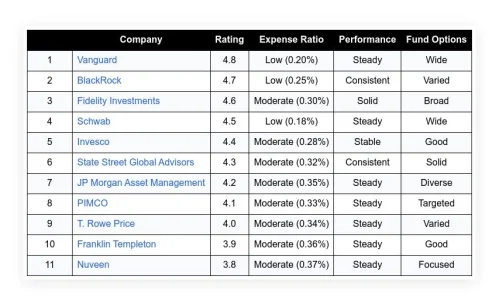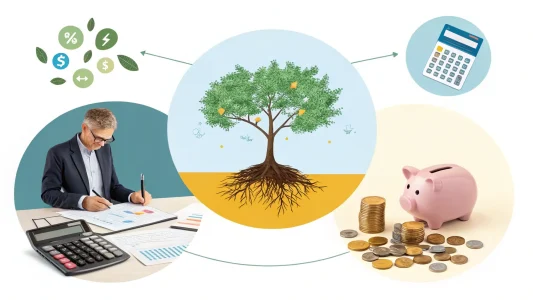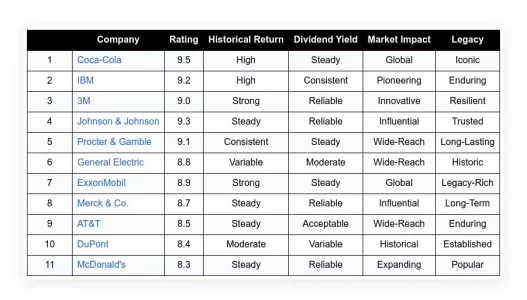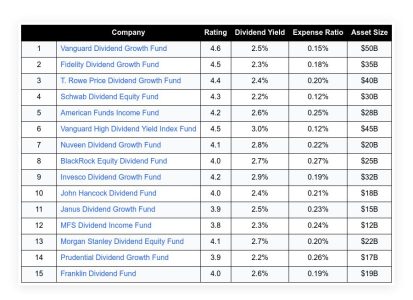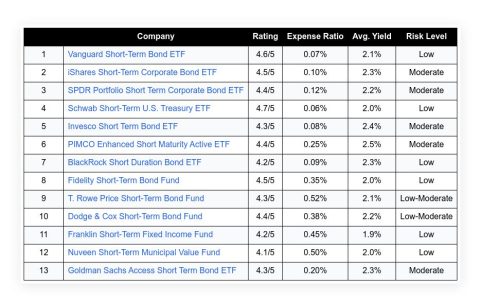In the vast, complex world of investment, bonds often get sidelined. Yet, they are one of the most critical tools for any investor. Unlike cash, money markets, and certificates of deposit (CDs), bonds have a unique ability to increase in value during a recession. This characteristic makes them an essential part of any well-diversified portfolio. This article aims to shed light on the importance of bonds, their functioning, and their potential returns, especially during economic downturns.
Table of Contents
ToggleUnderstanding bonds
To fully grasp the significance of bonds, one must first understand what they are and how they function. In essence, buying a bond is akin to lending money to a government or a company. In return for this loan, the bond issuer promises to pay back the borrowed amount after a specified period, along with regular interest payments, also known as coupons.
View this post on Instagram
A post shared by Taylor Sohns – CFP®, CIMA®, MBA – Finance (@lifegoalinvestments)
The role of bonds in a portfolio
Bonds play a crucial role in protecting your stocks. The most significant risk to stocks is a recession, a period of temporary economic decline during which trade and industrial activity are reduced. The Federal Reserve typically cuts interest rates during a recession to stimulate economic activity. This is where the unique characteristic of bonds comes into play.
The inverse relationship between bond prices and interest rates
Bond prices and interest rates share an inverse relationship. When interest rates decrease, bond prices increase, and vice versa. This relationship is due to the fixed interest payments that a bond provides. New bonds come with lower coupon rates when interest rates fall, making the older, higher-yielding bonds more attractive. As a result, these older bonds increase in price.
Therefore, bond prices go up in a recession when the Federal Reserve cuts interest rates. This increase in bond prices can help offset any losses from stocks, thereby providing a safety net for your investment portfolio.
The potential returns from bonds
The potential returns from bonds can vary significantly depending on the sector. For instance, with a 1% fall in interest rates, different sectors can provide a return ranging from 7% to 21%. This wide range of potential returns highlights the importance of diversification within the bond market.
Investing in bonds from different sectors can spread their risk and increase their potential for returns. For example, government bonds are generally considered safer than corporate bonds but offer lower returns. On the other hand, corporate bonds carry a higher risk but also provide higher potential returns.
Conclusion
In conclusion, bonds are an essential investment tool that can provide stability and potential returns, especially during economic downturns. Their ability to increase in value when interest rates fall makes them valuable to any investment portfolio. By understanding the functioning of bonds and the relationship between bond prices and interest rates, investors can make more informed decisions and potentially enhance their investment returns.
While bonds may not offer the same potential for high returns as stocks in a booming economy, their ability to provide steady income and act as a buffer during recessions makes them an investment tool that should not be overlooked. Therefore, consider the potential benefits of adding bonds to your portfolio, whether you are a seasoned investor or just starting your investment journey.
Frequently Asked Questions
Q. What is a bond?
A bond is essentially a loan made by an investor to a government or a company. The bond issuer promises to pay back the borrowed amount after a specified period, along with regular interest payments, also known as coupons.
Q. What role do bonds play in a portfolio?
Bonds are crucial in protecting your stocks, especially during a recession. Bond prices go up when the Federal Reserve cuts interest rates to stimulate economic activity during a recession. This increase in bond prices can help offset any losses from stocks, thereby providing a safety net for your investment portfolio.
Q. What is the relationship between bond prices and interest rates?
Bond prices and interest rates share an inverse relationship. When interest rates decrease, bond prices increase, and vice versa. This is due to the fixed interest payments that a bond provides. New bonds come with lower coupon rates when interest rates fall, making the older, higher-yielding bonds more attractive. As a result, these older bonds increase in price.
Q. What are the potential returns from bonds?
The potential returns from bonds can vary significantly depending on the sector. For instance, with a 1% fall in interest rates, different sectors can provide a return ranging from 7% to 21%. By investing in bonds from different sectors, investors can spread their risk and increase their potential for returns.
Q. Why should I consider adding bonds to my portfolio?
Bonds are an essential investment tool that can provide stability and potential returns, especially during economic downturns. Their ability to increase in value when interest rates fall makes them valuable to any investment portfolio. While they may not offer the same potential for high returns as stocks in a booming economy, their ability to provide steady income and act as a buffer during recessions makes them an investment tool that should not be overlooked.










